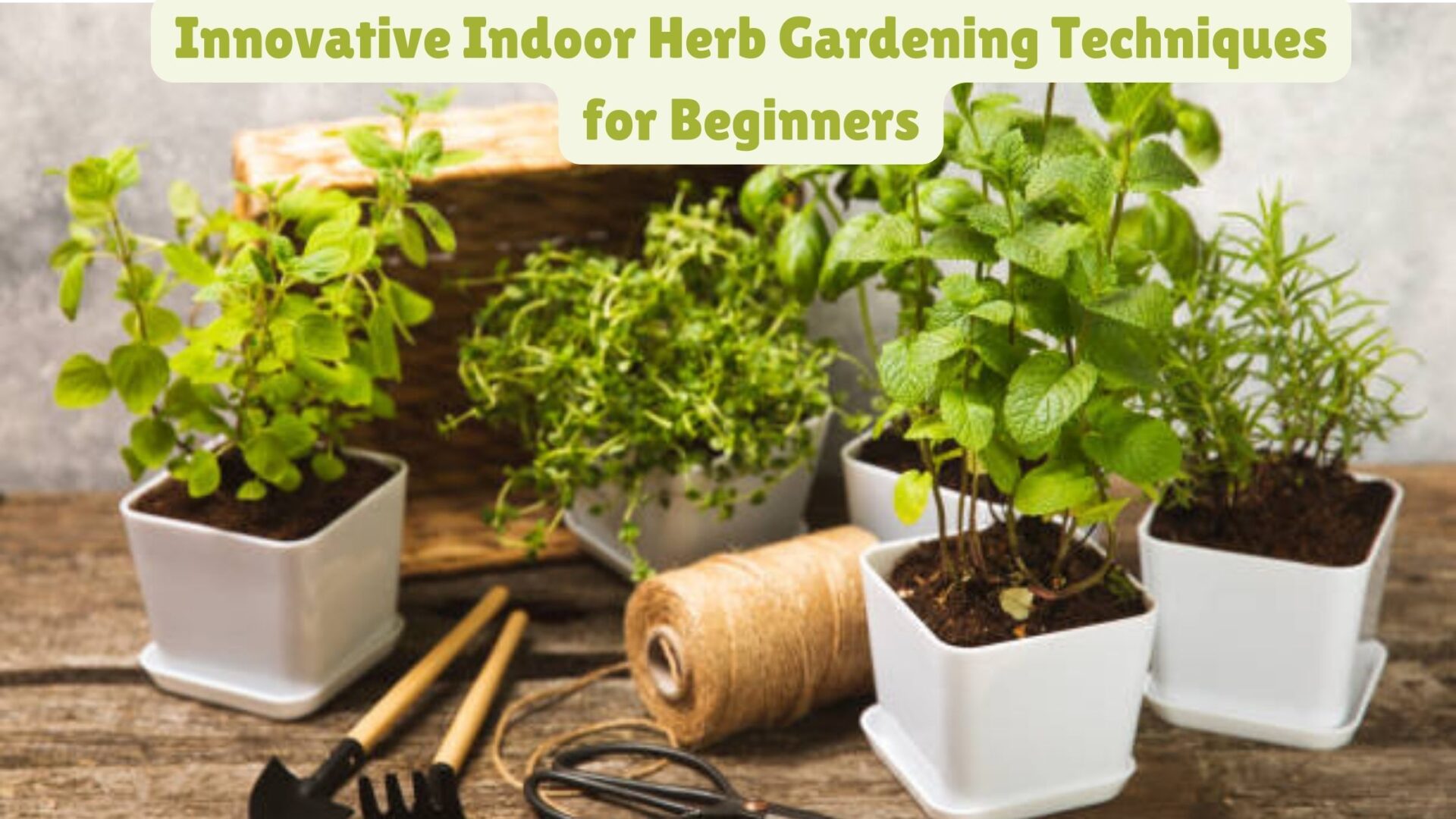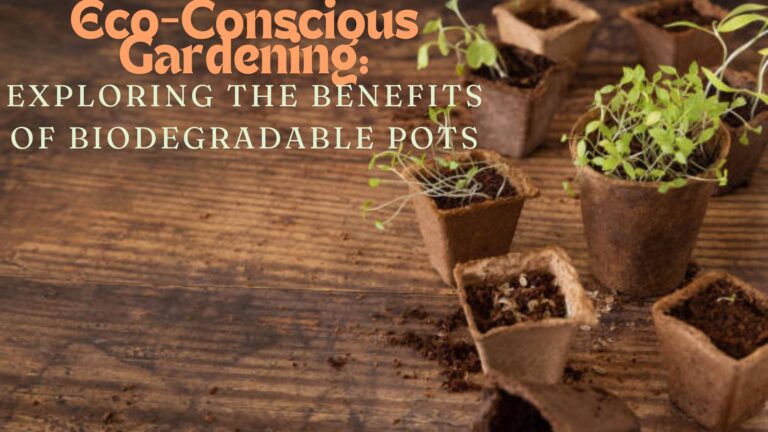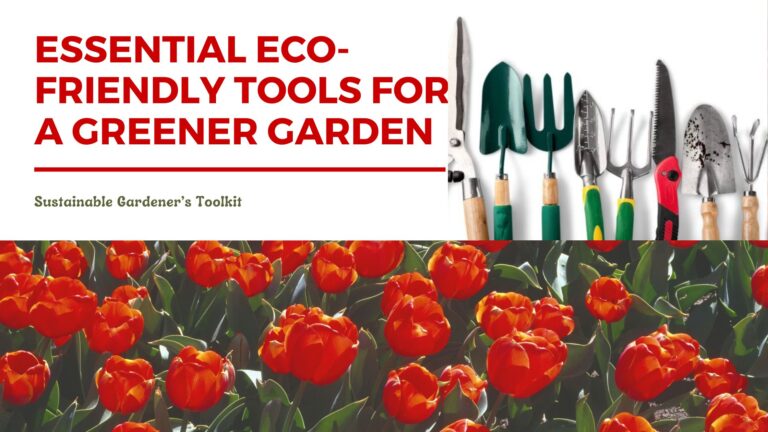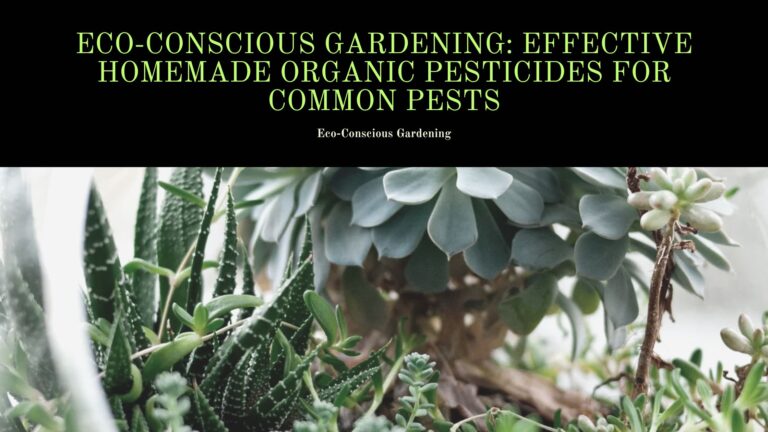Introduction:-
Innovative Indoor Herb Gardening Techniques for Beginners
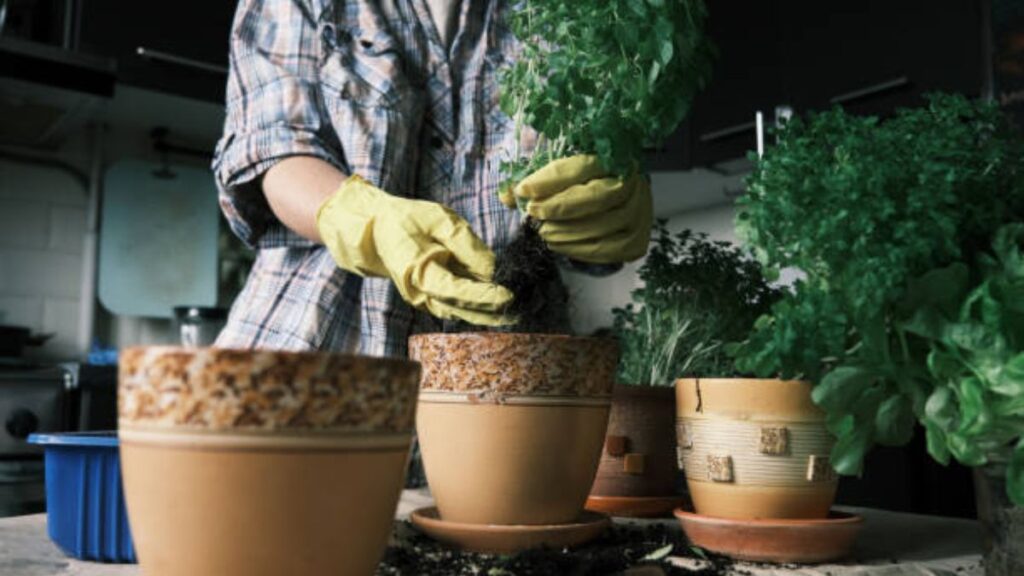
Indoor herb gardening provides many benefits, including a verdant bounty of herbs year-round, even in urban areas with limited outdoor space. This guide presents innovative techniques and practical strategies to help you create a flourishing indoor herb garden.
What are the best indoor herb gardening techniques for beginners?
Starting an indoor herb garden can be a rewarding and manageable project for beginners. Here are some effective techniques and tips to help you get started successfully:
1. Selecting the Right Herbs:
- Choose herbs that are well-suited for indoor growth and relatively easy to care for. Some popular options include basil, parsley, mint, chives, thyme, oregano, cilantro, and rosemary.
2. Containers and Pots:
- Size: Ensure pots are at least 6-12 inches in diameter to allow ample root growth.
- Drainage: Use containers with drainage holes to prevent waterlogging.
- Material: Terracotta, plastic, or ceramic pots are all suitable options.
3. Soil and Fertilizer:
- Soil: Use a high-quality, well-draining potting soil. A mix specifically designed for indoor plants or herbs is ideal.
- Fertilizer: Apply a balanced, water-soluble fertilizer every 4-6 weeks. Organic options like compost tea or fish emulsion are excellent choices.
4. Light Requirements
- Place herbs in a south-facing window receiving 6-8 hours of daily sunlight for optimal growth.
- If natural light is inadequate, supplement with energy-efficient and effective LED grow lights.
5. Watering
- Maintain consistently moist but not waterlogged soil.
- Water when the top inch of soil feels dry.
- Water thoroughly until it drains out of the bottom, then empty the saucer to prevent root rot.
6. Humidity and Temperature
- Herbs prefer moderate humidity.
- Mist plants occasionally or use a humidity tray if the air is dry.
- Maintain a temperature between 65-75°F (18-24°C).
- Avoid placing herbs near drafts or heat sources.
7. Pruning and Harvesting
- Regularly prune herbs to promote bushy growth and prevent legginess.
- Pinch back the tips.
- Harvest leaves regularly to encourage new growth.
- Avoid removing more than one-third of the plant at a time.
8. Pest Management
- Regularly check for pests like aphids, spider mites, and whiteflies.
- Use natural remedies such as neem oil, insecticidal soap, or introducing beneficial insects like ladybugs.
9. Rotation and Repotting
- Occasionally rotate pots to ensure even light exposure and balanced growth.
- Repot herbs as they outgrow their containers to prevent root binding and provide fresh soil.
10. Companion Planting
- Some herbs grow well together and can be planted in the same pot to save space and promote healthy growth.
- Examples include basil and parsley, thyme and oregano, and chives and cilantro.
Additional Tips
- Label pots to keep track of different herbs.
- Keep a gardening journal to track watering schedules, fertilization, and growth progress.
- Join online gardening communities or local clubs for additional support and tips.
What are some innovative methods for indoor herb gardening?
Absolutely! Here’s a revised version of the input text with rephrased, reworded, and reorganized content:Indoor Herb Gardening Techniques
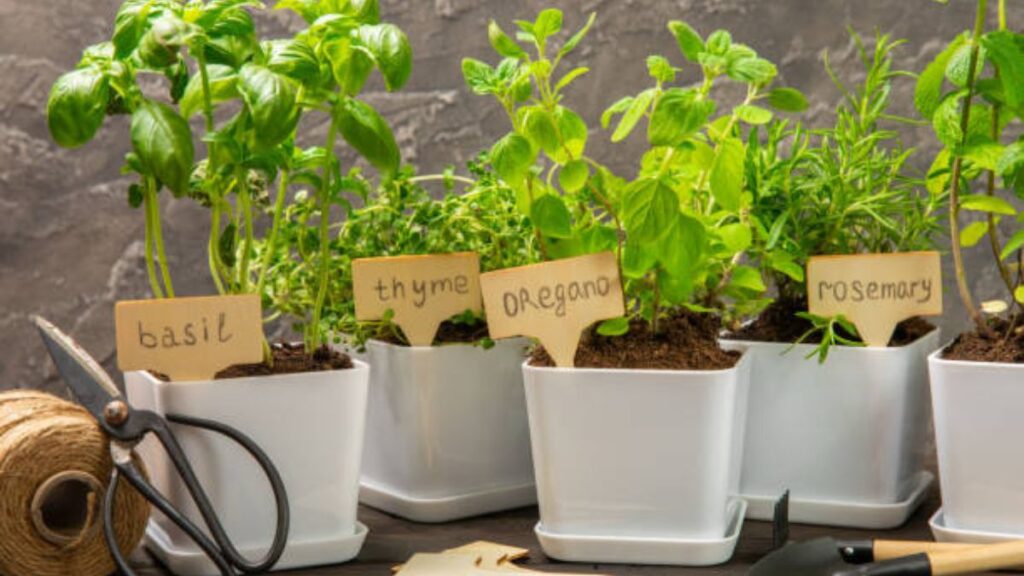
- Hydroponic Herb Gardening:
- Introduction: Hydroponics is a method of growing plants in a water-based nutrient-rich solution, without soil. It’s ideal for indoor herb gardening as it saves space and water while promoting faster growth rates.
- Getting Started:
- Choose a beginner-friendly hydroponic kit designed specifically for herbs.
- Basil, mint, parsley, and chives are popular and thrive in hydroponic systems.
- Regularly monitor the pH levels of the water and ensure the roots are submerged in the nutrient solution.
- Provide adequate light using LED grow lights or natural sunlight.
2. Vertical Herb Gardens:
- Introduction: Vertical gardening maximizes space by growing herbs upward. It’s a great option for limited floor space.
- Choosing a Structure:
- Use wall-mounted planters, tiered shelves, or pocket planters.
- DIY vertical garden systems from pallets or repurposed bookshelves.
- Thyme, oregano, and rosemary are ideal for vertical gardens due to their compact growth habits.
- Ensure your vertical garden receives sufficient light, preferably from south-facing windows.
3. Smart Garden Technology:
- Introduction: Utilizing technology can simplify indoor herb gardening, especially for beginners.
- Smart Planters:
- Use devices with sensors that monitor soil moisture, light, and temperature.
- These planters often connect to smartphone apps, providing real-time feedback and care instructions.
- Automated Watering Systems:
- Systems like drip irrigation or wicking setups provide consistent moisture without overwatering.
Grow Lights:
- LED grow lights with adjustable spectrums can simulate natural sunlight, promoting healthy growth in poorly lit indoor environments.
4. Aquaponics: A Symbiotic Gardening Approach
Aquaponics is a sustainable gardening method that combines hydroponics (growing plants in water) with aquaculture (raising fish). In an aquaponics system, the fish waste provides organic nutrients for the plants, and the plants help filter the water for the fish.
Setting Up an Aquaponics System:
- Start with a small system, including a fish tank, a growing bed for the herbs, and a pump to circulate water between the two.
- Choose hardy fish like goldfish and herbs like basil and cilantro for beginners.
Benefits of Aquaponics:
- This sustainable system uses less water than traditional gardening and can produce both herbs and fish for consumption.
Maintenance of Aquaponics:
- Regularly check water quality parameters such as pH, ammonia, and nitrate levels to ensure a healthy environment for both fish and plants.
5. Companion Planting Indoors for Improved Growth:
Companion planting involves growing certain plants together to enhance growth, deter pests, and improve flavor.
Pairing Herbs for Companion Planting:
- Classic examples of beneficial plant pairings include basil and tomatoes, parsley and asparagus, and mint and cabbage.
Pest Control with Herbs:
- Herbs like basil and mint can repel common indoor pests such as flies and mosquitoes.
Maximizing Space with Companion Planting:
- Use multi-tiered planters to grow companion plants together, optimizing space and plant health.
6. DIY Self-Watering Planters for Consistent Hydration:
Self-watering planters provide a consistent water supply to your herbs, reducing the risk of underwatering or overwatering.
Creating Your Own Self-Watering Planter:
- Use two containers, one nested inside the other. The outer container holds water, and the inner container, filled with soil and herbs, wicks moisture up from the reservoir through a fabric wick or perforations.
Commercial Options for Self-Watering Planters:
- Various self-watering planters are available, ranging from simple designs to advanced models with built-in water level indicators.
Herb Choices for Self-Watering Planters:
- Herbs like mint, chives, and basil are well-suited to self-watering planters.
What are the benefits of indoor herb gardening?
Benefits of Indoor Herb Gardening
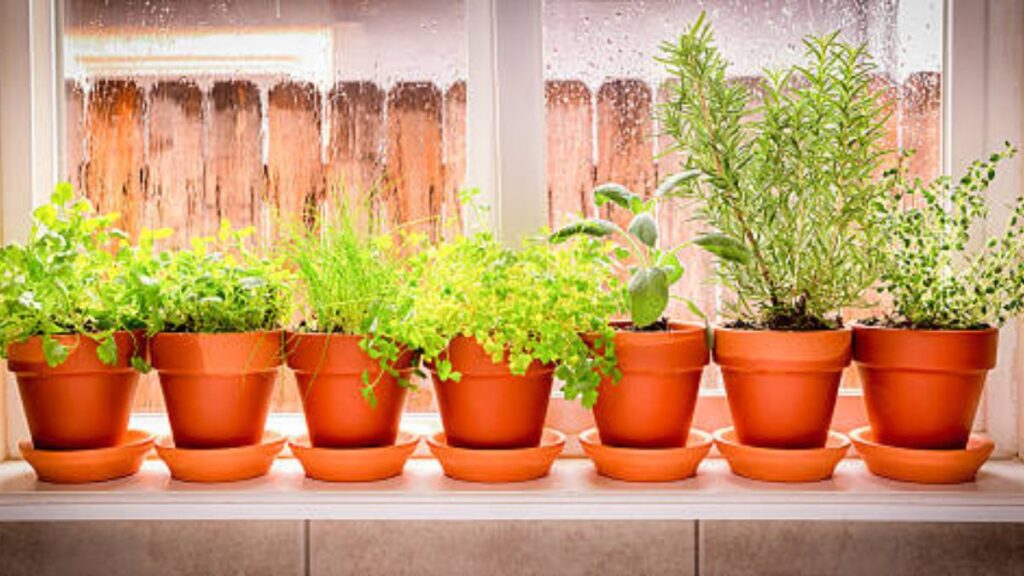
Indoor herb gardening offers a myriad of advantages, making it an appealing option for gardening enthusiasts and beginners alike. Here are some key benefits:
- Year-Round Fresh Herbs: Growing herbs indoors allows for a constant supply of fresh, aromatic herbs all year long, regardless of seasonal limitations. This is especially advantageous in cold climates where outdoor gardening is restricted to warmer months.
- Convenience at Your Fingertips: An indoor herb garden ensures easy access to fresh herbs right in your kitchen or living space. This convenience not only enhances your culinary creations but also encourages the incorporation of fresh ingredients into your daily meals.
- Cost-Effective Solution: Purchasing fresh herbs from the store can be costly, especially when your recipe calls for a small quantity. Growing your own herbs indoors is a cost-effective long-term solution that reduces waste and saves money.
- Improved Air Quality: Herbs, similar to other houseplants, contribute to improved indoor air quality by absorbing carbon dioxide and releasing oxygen. Some herbs, such as mint and basil, possess inherent air-purifying properties.
- Aesthetic Enhancement: Indoor herb gardens add a touch of greenery and visual appeal to your home. They can be arranged creatively, such as in vertical gardens or decorative pots, to enhance the aesthetics of your space.
- Therapeutic Gardening: Research suggests that gardening, including indoor herb gardening, can alleviate stress and improve mental well-being. Nurturing plants can be a meditative and fulfilling activity, providing a sense of accomplishment and relaxation.
- Educational Opportunities: Indoor herb gardening serves as a hands-on learning experience for individuals of all ages. It allows for exploration of plant biology, growing conditions, and sustainable practices.
- Health Benefits: Incorporating fresh herbs in your cooking not only enhances the flavor but also boosts the nutritional value of your meals. Many herbs possess medicinal properties, such as anti-inflammatory and antioxidant effects, contributing to overall health and wellness.
- Space-Efficient Gardening: Indoor herb gardening is ideal for individuals with limited outdoor space. Small apartments or homes with limited or no garden area can still accommodate a diverse range of herbs through space-efficient techniques like vertical gardening and hydroponics.
- Sustainable Living: Growing your own herbs reduces the need for store-bought produce, which often has a substantial carbon footprint due to transportation and packaging. Indoor herb gardening promotes a more environmentally sustainable lifestyle by minimizing waste and resource consumption.
- Natural Pest Control: Certain herbs can act as natural pest deterrents. For instance, basil and mint are known to repel flies and mosquitoes, making them beneficial to have around the house.
Conclusion
Indoor herb gardening is a versatile way to bring fresh flavors into your home. With techniques like hydroponics and smart technology, even beginners can grow herbs indoors. These methods maximize space and resources, making gardening easier and more successful.
FAQs
- What is hydroponic herb gardening, and how does it work?
Hydroponic herb gardening involves growing herbs without soil, using a nutrient-rich water solution. It allows for efficient space use, faster growth rates, and better control over growing conditions.
- How can I start a vertical herb garden indoors?
To start a vertical herb garden, select a vertical structure like wall-mounted planters or tiered shelves. Choose compact herbs such as thyme and oregano, ensure adequate light, and maintain regular watering.
- What smart garden technologies are available for beginners?
Smart garden technologies include smart planters with sensors, automated watering systems, and LED grow lights. These tools help monitor and optimize growing conditions, making herb gardening easier and more efficient.
References
- Hydroponic Herb Gardening
- Jones, J. Benton Jr. “Hydroponics: A Practical Guide for the Soilless Grower.” CRC Press, 2005.
- Hamilton, Simon. “Hydroponics for Beginners: Start Growing Your Own Vegetables, Fruits, and Herbs.” Independently published, 2020.
- Vertical Herb Gardens
- Fell, Derek. “Vertical Gardening: Grow Up, Not Out, for More Vegetables and Flowers in Much Less Space.” Rodale Books, 2011.
- Gardeners.com and The Spruce. Articles on vertical gardening techniques.
- Smart Garden Technology
- Jeavons, John. “The New Smart Garden: How to Grow a Successful Garden in a Modern World.” Storey Publishing, 2019.
- TechCrunch and Wired. Reviews and guides on smart garden devices.
